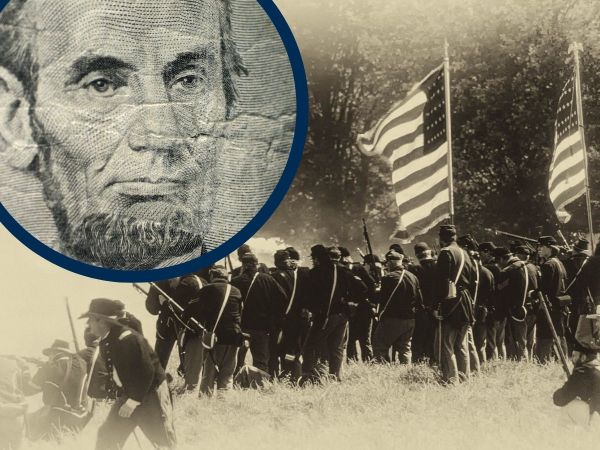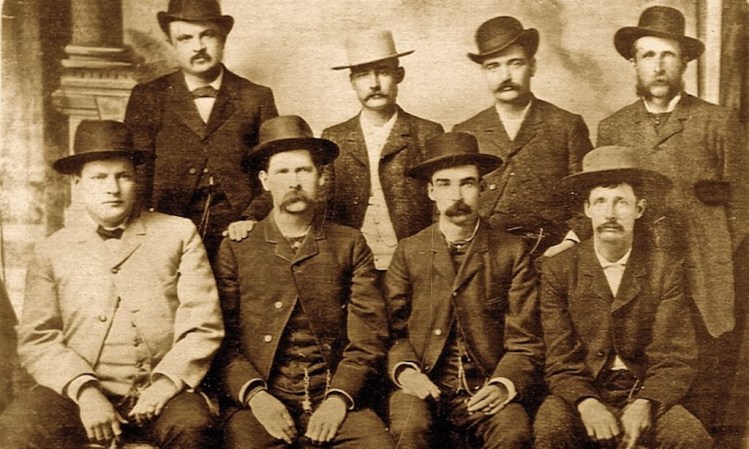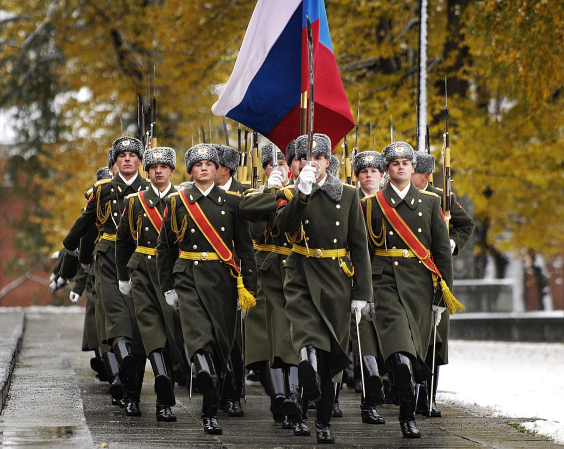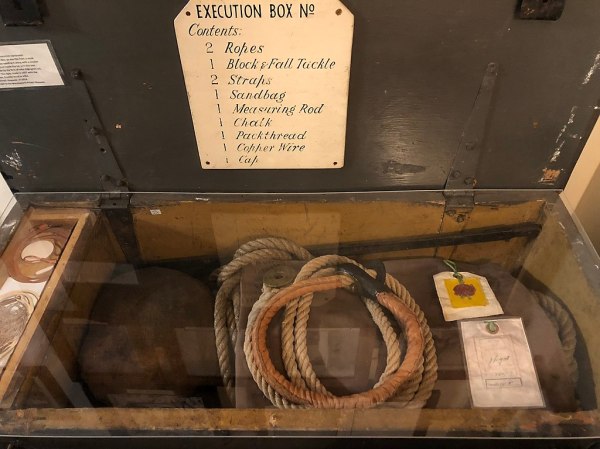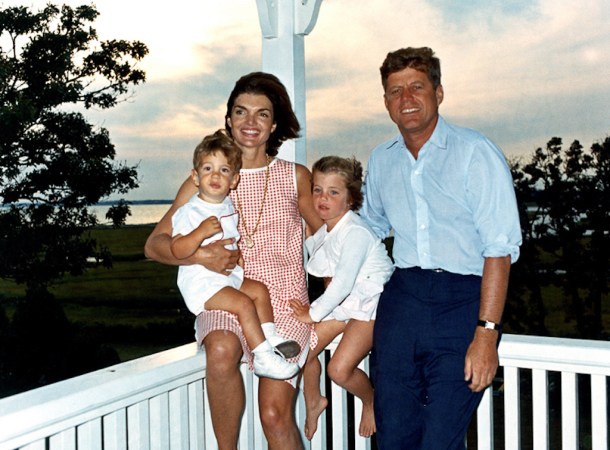Throughout history, executions have been controversial ways of punishing heinous crimes against individuals, institutions, and governments. From hangings to lethal injection, executions have spanned the gamut of cruelty and, at every point, there has raged a debate over the moral grounds of taking a life for justice.
Historically, one form of execution has been reserved for military personnel: the firing squad. The concept is elementary: a prisoner stands against a brick wall or study barrier and is gunned down by a handful of soldiers. It might sound simple, but there are a few things about this deadly punishment that you might not know
The final walk
Out of grim curiosity, we’ve watched several videos of firing-squad executions found in the war archives. We noticed that the majority of criminals sentenced to die conducted their last walks under their own accord. Although this was likely their last moment of life, criminals weren’t dragged to their position.
We thought that was interesting.

A firing squad in Cuba.
The crimes committed
Throughout many parts of the world, if a troop or civilian was convicted of cowardice, desertion, espionage, murder, mutiny, or treason, they would be sent up in front of a firing squad as punishment.
That doesn’t happen too often today.

What it’s like facing a Spanish firing squad without a blindfold.
Blindfolds
In many cases, the prisoner was blindfolded before stepping in front of his executioners. However, some requested the opportunity to face the men who were about to unload their barrels.
That’s pretty ballsy.
According to the Crime Museum, when the condemned person was able to look into the eyes of their executioners, it diminished their anonymity. This made the event stressful for the shooters who were following orders.
The firing squad
Once given the cue by a superior, each soldier pulled the trigger of their rifle simultaneously, resulting in a kill shot by multiple rounds.
In some cases, only a handful of the executioners were given live rounds. The rest would receive blanks. This way, nobody could know who, exactly, was responsible for the kill.

Ronnie Lee Gardner in the the courtroom
(National Public Radio)
The last use of a firing squad for a convicted criminal.
According to NPR, the last person to be executed by firing squad was convicted murderer, Ronnie Lee Gardner, in 2010. While already faced with a murder conviction in Utah, Gardner attempted to escape and, in the process, killed an attorney.
Gardner’s conviction came through before the state abandoned the use of the firing squads in 2004. He elected to be killed this way.





